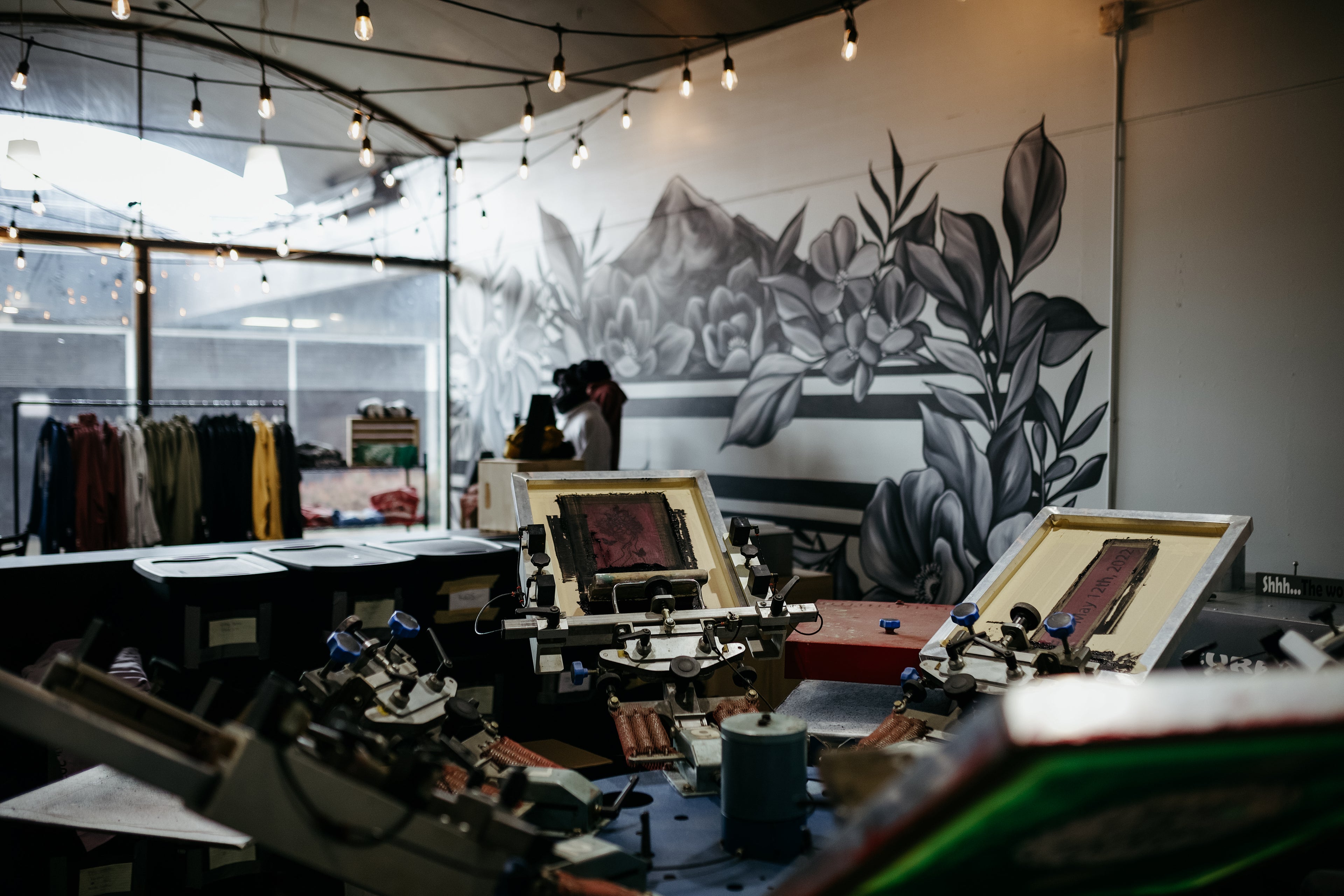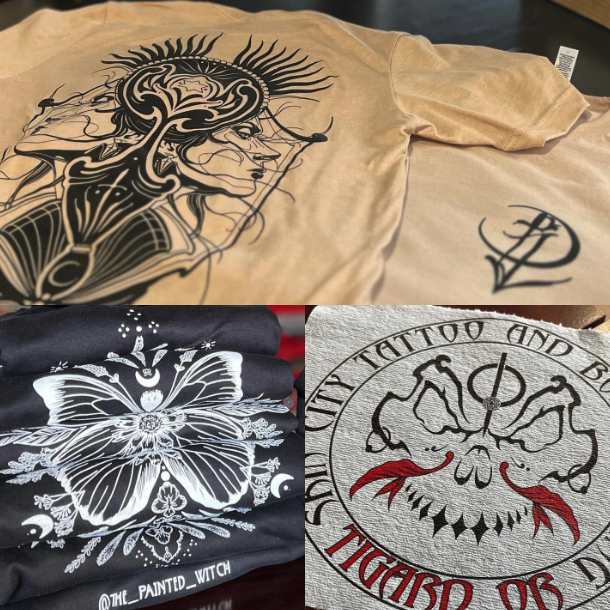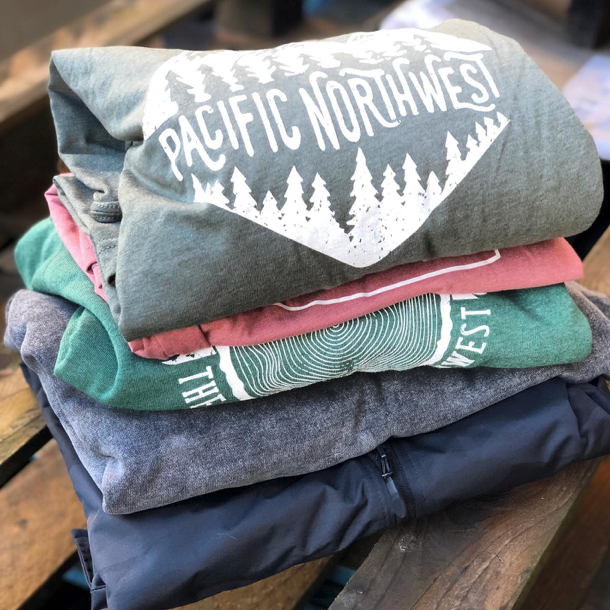
Screen Printing Vs Sublimation
Screen Printing vs. Sublimation Printing: A Comparison
Printing Process:
Screen Printing: Involves pushing ink through a mesh screen onto the substrate. Each color requires a separate screen, making it a multi-step process.
Sublimation Printing: Utilizes heat to transfer dye onto a substrate, turning it into a gas that permeates the fabric. This process allows for full-color printing in a single step.
Color Variety:
Screen Printing: Limited color options, as each color requires a separate screen and setup. Complex designs may incur higher costs.
Sublimation Printing: Offers a wide range of vibrant and full-color designs without additional costs for multiple colors. Ideal for intricate or colorful artwork.
Durability:
Screen Printing: Generally considered more durable, especially for heavy-duty fabrics and products subjected to frequent washing.
Sublimation Printing: Dye penetrates the fabric, resulting in a print that is part of the material. While durable, it may not withstand abrasion as well as screen printing.
Fabric Compatibility:
Screen Printing: Suitable for a variety of fabrics, including cotton, polyester, and blends. However, the ink sits on top of the fabric, affecting breathability.
Sublimation Printing: Primarily used on polyester fabrics. The process doesn't compromise the breathability or feel of the fabric, making it ideal for performance wear.
Detail and Resolution:
Screen Printing: Offers excellent detail and resolution, but intricate designs may require larger print areas.
Sublimation Printing: Excels in reproducing fine details and complex patterns, making it ideal for all-over prints and photo-realistic images.
Cost:
Screen Printing: Economical for large quantities due to setup costs for each color. More cost-effective for simple designs with few colors.
Sublimation Printing: Cost-effective for small to medium quantities with complex, colorful designs. Setup costs are typically lower, especially for full-color prints.
Environmentally Friendly:
Screen Printing: Inks may contain solvents and chemicals, making it less environmentally friendly. Proper disposal is crucial.
Sublimation Printing: Generally considered more environmentally friendly as it uses water-based inks and produces minimal waste.
Customization:
Screen Printing: Customization is possible, but setup costs and limitations on colors may impact the flexibility of intricate designs.
Sublimation Printing: Highly customizable, allowing for intricate and full-color designs with minimal setup costs.
Choosing between screen printing and sublimation printing depends on factors such as the intended use, design complexity, budget, and fabric preferences. Each method has its strengths, and the decision should align with the specific requirements of the printing project.

Why should I screen print?
Choosing screen printing for your merch offers several advantages. Screen printing provides vibrant and durable prints, ensuring that your designs stand out and withstand wear over time. It's cost-effective for bulk production, making it an excellent choice for large quantities of merchandise. This method allows for intricate designs and a wide range of colors, offering creative flexibility. Moreover, screen-printed items often have a smooth and high-quality finish, enhancing the overall appeal of your merch. The versatility, durability, and cost efficiency make screen printing a popular and effective choice for creating eye-catching and long-lasting merchandise.

Why should I sublimation print?
Opting for sublimation to print your merch comes with several benefits. Sublimation provides vibrant, full-color prints with intricate details, allowing for a high level of customization. The process bonds the dye with the material at a molecular level, resulting in long-lasting and fade-resistant designs. It is particularly suitable for polyester fabrics and products like apparel, mugs, and accessories. Sublimation offers an all-over printing capability, enabling you to cover the entire item with your design. This method is cost-effective for small batches and produces a professional, seamless finish, making it an excellent choice for creating unique and visually appealing merchandise.
